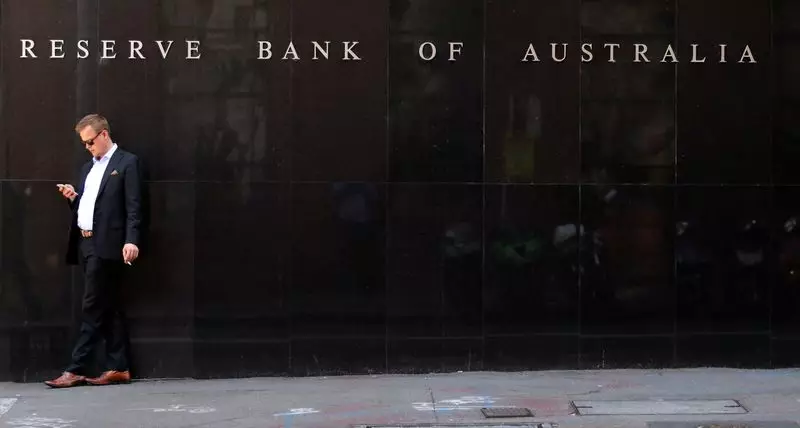Australia’s economic landscape has been under intense scrutiny as it navigates the intricate dynamics of inflation and monetary policy. Amid growing concerns about inflation persistently lingering above desired thresholds, the Reserve Bank of Australia (RBA) has been particularly vigilant in monitoring inflation expectations among households. Recent comments by RBA Assistant Governor Sarah Hunter shed light on the bank’s current stance and its implications for future monetary policy.
Despite inflation running above the RBA’s target band of 2%-3%, Hunter reassured stakeholders that there is no immediate fear of inflation expectations diverging from reality—a phenomenon referred to as ‘de-anchoring.’ This perspective aligns with new research suggesting that Australian households have largely disregarded the recent surge in inflation. Contrary to earlier expectations, the data indicates that the correlation between wage growth and inflation expectations remains tenuous, alleviating some immediate pressures on the RBA’s policy decisions.
Hunter emphasized the importance of closely tracking how inflation expectations evolve over time. Understanding these expectations is crucial for monetary policymakers, as they guide consumer behavior and can significantly influence the actual inflation trajectory. Although current indicators do not suggest an imminent risk of de-anchoring, the RBA recognizes that complacency could be detrimental. Policymakers are tasked with not only analyzing present economic conditions but also anticipating potential shifts that could lead to instability in inflation forecasting.
The RBA’s commitment to maintaining a cautious approach is evident in its decision to keep interest rates steady at 4.35%. This rate represents a significant increase from the historically low 0.1% implemented during the pandemic, highlighting the central bank’s transition towards a more restrictive monetary policy aimed at curbing inflation without jeopardizing employment recovery.
The persistence of underlying inflation, which remains at 3.9%, poses a formidable challenge to the RBA’s strategy. Policymakers are acutely aware that these stubborn inflation rates may preclude any significant reductions in interest rates in the near term, with forecasts suggesting that returning to the midpoint of the target inflation range by 2026 is unlikely. Market sentiment reflects this uncertainty, as the probability of a rate cut before the end of the year is estimated at only 40%.
The upcoming months will be crucial for the RBA, as inflation behavior, wage growth, and consumer spending will be closely monitored. As Australia’s monetary authorities battle these complex economic forces, their ability to balance inflation control with economic growth and employment stability remains paramount.
In wrapping up, Australia’s current monetary policy landscape reflects a careful balancing act of monitoring inflation expectations while navigating the challenges of persistent inflation. As the RBA remains committed to addressing these economic factors, its actions and assessments will likely have significant implications not just for Australia, but for broader regional economic stability. The interplay of wage growth and inflation continues to be a critical area of focus, revealing the nuanced challenges policymakers face in fostering a stable economic environment.

